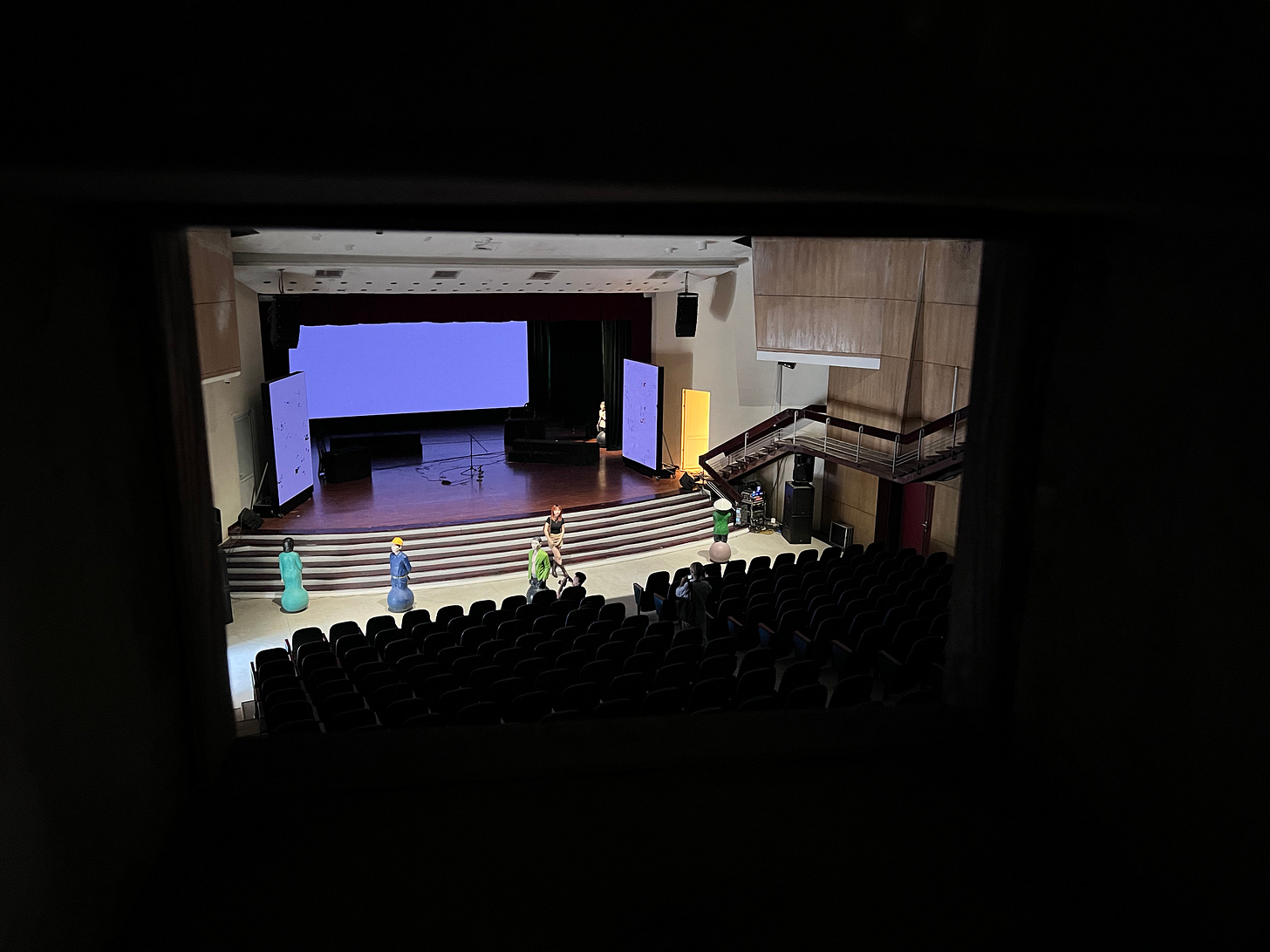Dear friends,
A friend got me a ticket to the premiere screening in Việt Nam of Cu li never cries – a debut movie by Phạm Ngọc Lân which won the best first feature award at Berlin International Film Festival in February.
The main lead’s niece – Vân – operated a daycare at her home in Hà Nội.
Being asked by an audience on how to work with child actors – probably two to five years old on set, Lân answered he imagined what kids those ages might say then composed them into dialogues. He chose an actor to be a “class captain” who he described how the scene worked and had them help with delivering the message to “class members”.
Lân’s method reminded me of Janet Malcolm’s commentary on Gossip Girl which was first published in The New Yorker some 16 years ago.
“She also knows—as the authors of the best children’s books have known—that children like to read what they don’t entirely understand. Von Ziegesar pulls off the tour de force of wickedly satirizing the young while amusing them. Her designated reader is an adolescent girl, but the reader she seems to have firmly in mind as she writes is a literate, even literary, adult.”
Cu li never cries is rated T16 – designated for audiences from 16 years old. The film was shot in black and white following a cost-related consideration rather than aesthetic choice. Its tone, hence, was later changed to be more classic, according to Lân, and from my perspective, more nostalgic and theatrical.
Some U70 cinema goers that night praised the film on how it reminded them about Japanese and Soviet pictures they saw in the 70s. In real life, they might be contemporaries of the main lead – Nguyện – a middle-aged woman, who at the opening of the film just came back from Germany, carrying her late husband’s ashes and his pet pygmy slow loris (cu li in Vietnamese) which he knowingly had acquired from a dense tropical rainforest in Quảng Bình Province.
Lân is in his late 30s which makes his work of imagination seem complex as it touches down different levels of innocence and maturity and converts them into sounds, scenes, dialogues, so relevant yet so strange.
Does an artist need experience with a certain zeitgeist to make art about it?
Hà Nội’s Festival of Creative Design kicked off this weekend. The festival’s focal point this year is the city’s children's palace – “a childhood home, a source of culture for many generations of children, associated with youth movements in cultural and artistic education activities” for nearly seven decades.
The organizer’s note reads:
“Unlike the exhibition spaces in the previous editions of the Hà Nội Festival of Creative Design, which were renovated from unused functional areas, Hà Nội Children’s Palace: Nostalgia for the Future is carried out in the movement of a ‘living’ body, where the space itself becomes a material and artistic partner instead of a place to display any works.”
Many friends of mine whose childhood was well spent at the palace’s extracurricular classes could not hide their emotions entering the space once again and once again traveled back to their dear, simple past in the city.
I found myself taking a glimpse into a strange land, scratching an unshared experience and trying in vain to at least connect any dots of relevance in my life and theirs. The lines are parallel, anyway.
Under the festival’s framework, the State Guest House, commonly known as the Tokin Palace, is turned into an exhibition site and opened to the public for the first time ever. As I walked past the place, a volunteer catched and enthusiastically invited me to pay it a visit.
The hallway was covered with an introduction of the palace’s history. A red velvet rope was hung across its reception room’s entrance to prevent visitors from entering.
There, in my previous life, every two weeks, I fighted my way against other reporters to reach the microphone and put questions to the Ministry of Foreign Affairs’ spokesperson.
I exited the building through the only gate opened for us those days and blended into the city I have known for only 10 years.
Till next time,
T.
(*) The Matrix
Hà Nội Children’s Palace’s theater seen from its projection booth
This week’s top picks
Others’ childhood. Nobody knows
Maison Marou Dark Milk Chocolate Panned Peanut
Seeking better lives: African workers turn to manual labor in Hanoi



